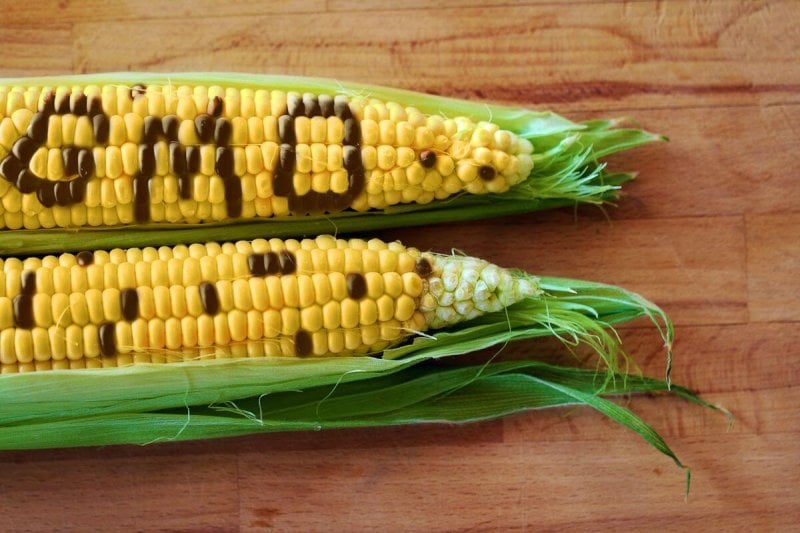Ever since the first GM food was introduced, the debate about the risks of releasing GM crops has been substantial. Lawmakers, scientists, and consumers have been divided on the subject of using GMOs to produce food and feed. Supporters believe that new crop enhancement advances could be a promising solution to ensure food security and cover increasing food demands. This review presents a risk–benefit analysis of GM food consumption to highlight how biotechnology can help to improve human health and cushion environmental impacts.
Although more and more GM crops are being launched on the market, some consumers and the scientific community still reject them. Given the difficulty of assessing the long-term risk of consuming GM crops, one of the main problems is the likelihood of them actually posing a potential risk to human, animal, or environmental health.
Classically, GMOs have been associated with different risks, including toxicity problems, development of allergies, tumor development, infertility, and the possibility of horizontal transfer of transgene(s) to the environment or to other species. However, there is insufficient scientific evidence to state that they actually harm health.
…
Although the probability of horizontal gene transfer is quite low, the use of genes that confer antibiotic resistance as selectable markers has been banned. Many products on the market, such as processed meats or alcohol, are included on the WHO list of carcinogenic foods, but there are still fears of transgenics. Population surveys still show a negative attitude toward GMOs due to moral aspects.
Most GM varieties on the market today are herbicide- and pest-resistant, and the majority serve as food for animals. However, a wide variety of crops is being studied to create plants with desirable traits, such as delayed maturation, biofortified vegetables, healthier plants, and edible vaccines.
All these crops would offer marked economic, environmental and food security, and human health benefits. In the last few years, significant progress has been made that not only demonstrates the feasibility of using transgenic plants as platforms to make a range of health-beneficial compounds but also moves further along the translation pipeline, ultimately toward regulatory approval, commercialization, and consumer intake.
It is thought that developing metabolomics will help to improve the safety assessment of transgenic foods, which will gradually lead to more consumer acceptance due to the forthcoming borderline situations owing to climate change and high food demands.
As described throughout, GM foods are not only useful to cover future generations’ nutritional deficiencies but can also better respect climate change and offer a benefit that goes beyond such general aspects, which the general public mainly ignores. Hence, this reported consumer health benefit should be made known to the general public to reverse its current rejection and to dispel phobias related to GMOs.































